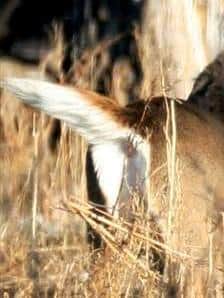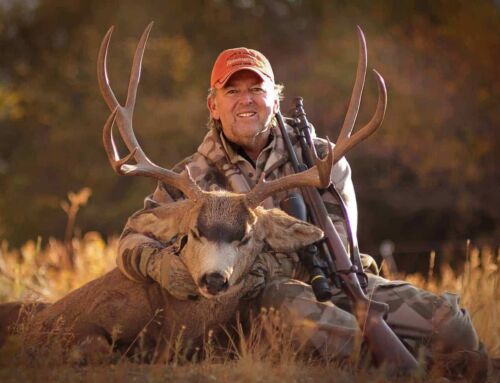
Researchers David Hirth and Dale McCullough studied and analyzed the snorting and tail-flagging behavior of whitetails on a Georgia reserve some years ago. For 2 years they accumulated data on more than 200 doe groups and 100 buck groups. They found that tail flagging occurred in buck groups 91% of the time and doe groups 95% of the time. Does are no more likely to flag their tails than bucks. They concluded that when deer encounter predators, they flag to keep their groups together.
The researchers found that does (38% of the time) were much more likely to snort than bucks (only 11%). Does are related to many of the other does in the immediate area, and their snorting alerts all the family members of potential danger. The researchers go so far as to suggest that by snorting and warning their relatives of danger, does increase their evolutionary “fitness” by increasing their survival rates.
Hirth and McCullough say that within buck groups, individual males are not as likely to be related. Therefore, bucks snort less because there is no evolutionary benefit to warning unrelated male rivals of potential danger. Rather than to snort the danger alarm in response to a 4-legged predator or you the hunter, mature bucks often just slip away quietly.





